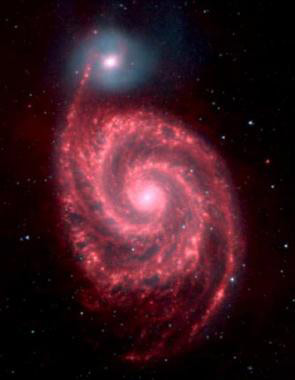
The two interacting galaxies M51A and M51B as seen in the infrared by the Spitzer Space Telescope. Emission from warm dust appears in red, and stellar emission in blue. A new Spitzer study of 103 nearby interacting galaxies in many different stages of merging systematically examines their star formation activity. Credit: NASA Spitzer, Brassington
Astronomers from the Harvard-Smithsonian Center for Astrophysics report that, when compared with non-interacting field galaxies, the star formation rate does indeed increase in merging spirals, but that the efficiency of star formation does not appear to increase much as the merger progresses, at least in this limited sample.
Most galaxies, including our own Milky Way, have been influenced by an interaction with another galaxy at some time in their past. Interactions between galaxies can trigger an increase in star-formation activity as well as an increased level of activity around the nuclear black hole. These general behaviors have been reproduced in simulations of merging galaxies, lending confidence to our understanding of the physical mechanisms at work. But not all interactions lead to such enhancements, and the reasons are not well understood; meanwhile, the strength of the triggering mechanism(s) and many other details remain puzzling.
Numerous studies have been conducted to observe the evolution of galaxies undergoing interactions. Merging galaxies have typically been identified either through their disturbed morphology (such as tidal tails and bridges), their infrared brightness (triggered star formation increases the infrared luminosity), or simply because they are close together. The first two methods presuppose the effects, and so tend to have selection biases especially since some distortions may be hard to see (for example, if the galaxies are far away or in the very early stages of merger) while infrared luminosity might in principle be caused by some other phenomena.
CfA astronomers Andreas Zezas, Matt Ashby, Lauranne Lanz, Howard Smith, and Steve Willner have taken the third route, and used the Spitzer Space Telescope to compile and analyze a set of four-color infrared images of 103 nearby galaxies in forty-eight merging systems of all kinds based solely on their separations (with a distance and optical brightness limit imposed), ranging from early to late stages of merging, from low to high mass, and from relatively dim to very bright (galaxies with active nuclei were excluded from this set). The result is an unbiased and statistically meaningful sample that does not neglect mergers just because they are faint or lack visible signs of disturbance.
The scientists use optical data to classify the systems into approximate evolutionary sequences, with the infrared data tracing faintly emitting dust features and providing a measure of the star formation activity underway. They report that, when compared with non-interacting field galaxies, the star formation rate does indeed increase in merging spirals, but that the efficiency of star formation does not appear to increase much as the merger progresses, at least in this limited sample. They also report that systems exhibiting clear morphological distortions do make stars more efficiently than non-disturbed systems. The new atlas of interacting galaxies that the team has produced, when supplemented with multiwavelength datasets and new simulations, will enable future unbiased studies of colliding galaxies.
Reference: “The Spitzer Interacting Galaxies Survey: A mid-infrared atlas of star-formation” by N. J. Brassington, A. Zezas, M. L. N. Ashby, L. Lanz, Howard. A. Smith, S. P. Willner and C. Klein, 6 May 2015, The Astrophysical Journal.
DOI: 10.1088/0067-0049/218/1/6

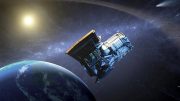
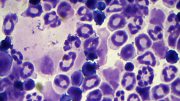
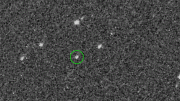
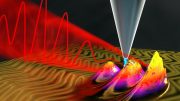
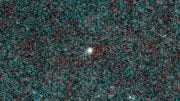
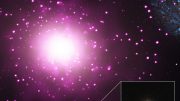
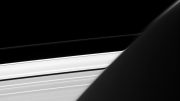
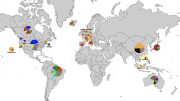
Be the first to comment on "The Spitzer Interacting Galaxies Survey: An Infrared Atlas of Interacting Galaxies"